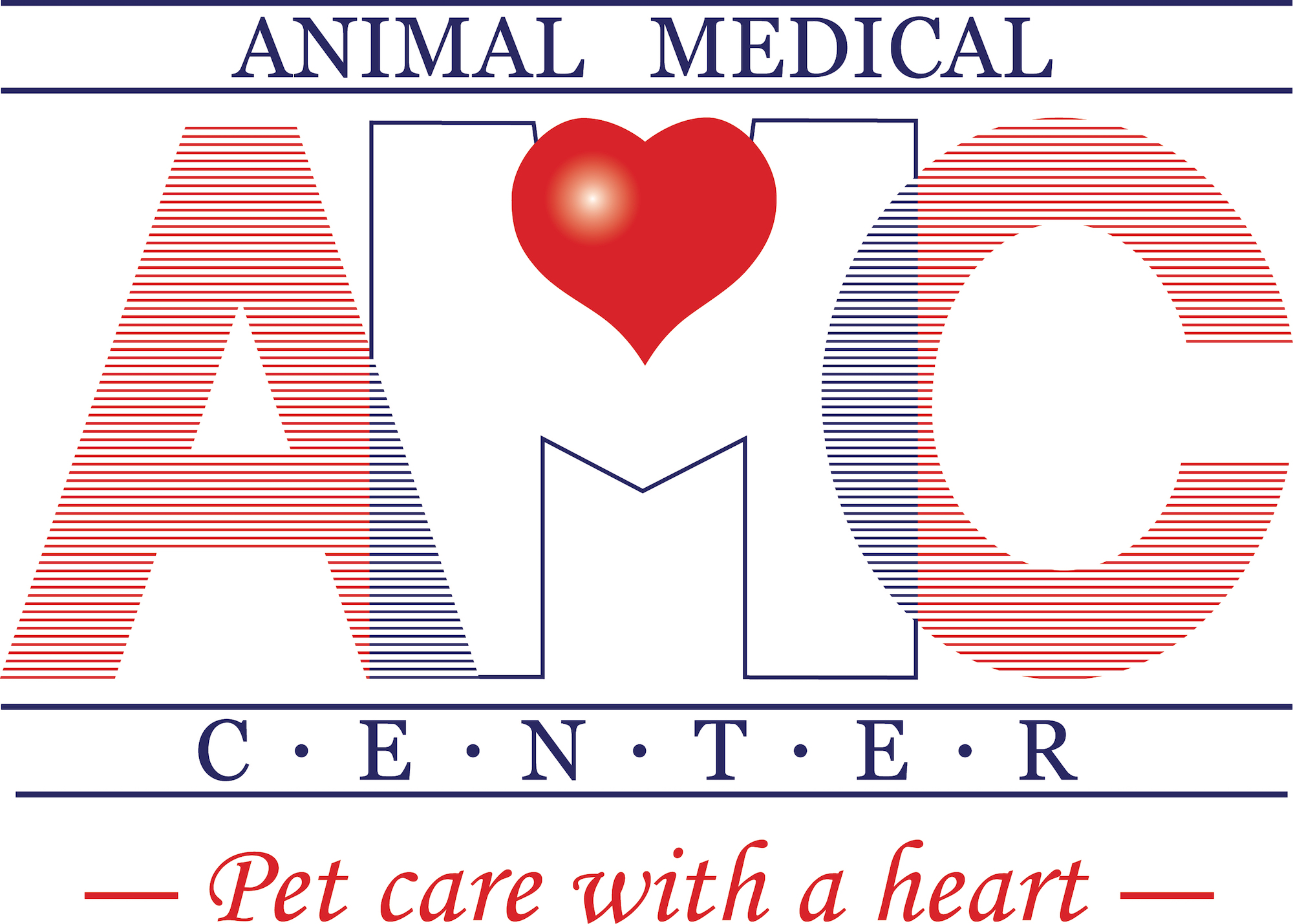Library
-
Contenido en espanol actualizado
-
Contenido en espanol actualizado
-
This handout discusses the growing trend for designer dog breeds – the crossing of pure dog breeds to create dogs that combine “the best of both worlds.” The pros and cons of this practice are highlighted, along with some of the more common designer breeds currently available.
-
Dogs are routinely neutered to prevent undesirable behaviors such as urine marking as well as to prevent unplanned litters of puppies. Neutering has both positive and negative health and behavioral consequences. Talk to your veterinarian about whether and when to neuter.
-
Eclampsia, also referred to as hypocalcemia or puerperal tetany, is an emergency medical condition associated with a life-threatening drop in blood calcium levels that occurs in nursing mothers. Mothers that are especially attentive to their puppies seem to be more likely to develop eclampsia. Signs and treatment are discussed.
-
Contenido en espanol actualizado
-
Female dogs have their first estrous (reproductive or heat) cycle when they reach puberty (sexual maturity). Each cycle consists of several stages; the stage called estrus refers to when the female can become pregnant. This handout explains the cycle stages and signs.
-
Estrus (heat) begins when a female dog reaches sexual maturity and occurs about twice per year, although it varies from dog to dog. From the beginning of a female’s estrus period, she will be attractive to male dogs, though she will usually not be receptive or allow mating until seven to ten days into her cycle. The time of mating is extremely critical and it is highly recommended to have your female tested to determine the optimal days for breeding.
-
False pregnancy refers to a display of maternal behaviors, combined with the physical signs of pregnancy following estrus, in unspayed female dogs that are not actually pregnant. Signs include physical and behavioral changes, outlined in this article. Mild cases typically are not treated, but treatment may be needed for more serious cases. If your dog is not used for breeding, spaying is recommended.
-
It's important to ensure your pregnant dog receives adequate nutrition to make sure both she and her puppies thrive during this time of increased demands on her body. Feeding and diet suggestions are provided.

